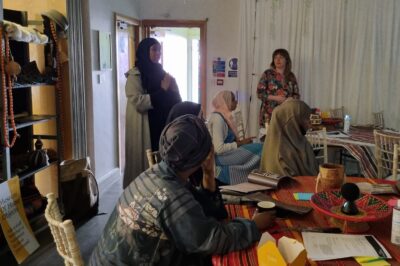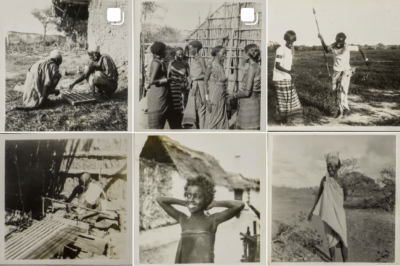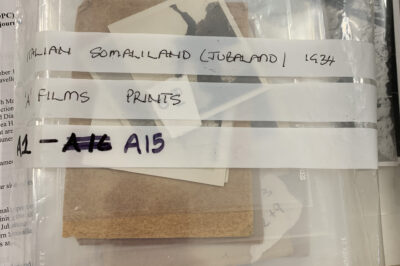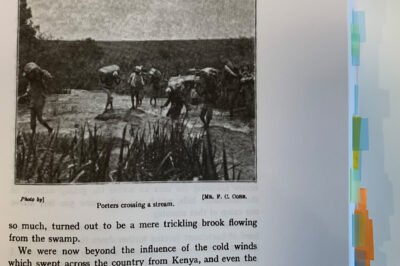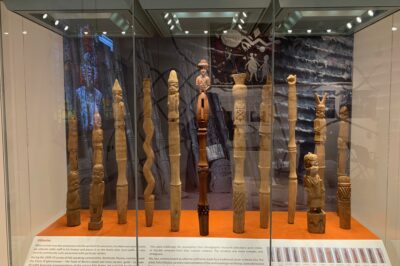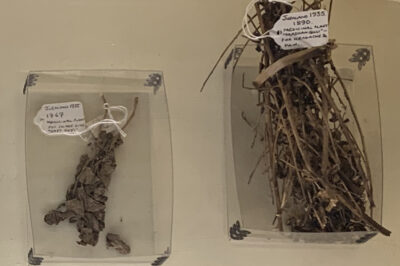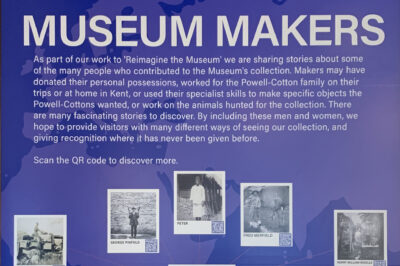Who are the users of the information that museums research and record about their collections? In many cases full collections records are only accessible internally. That information may then be mediated through curatorial, interpretation, and other teams to create a public facing output.
